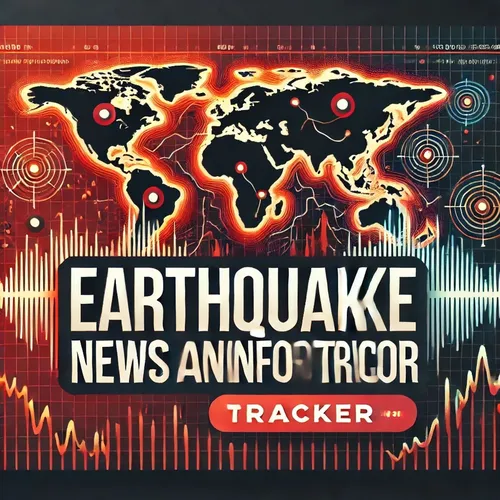Revolutionizing Earthquake Monitoring: Ocean-Bottom Seismographs Unlock Insights into Marine Geohazards
- Author
- Quiet. Please
- Published
- Tue 30 Jul 2024
- Episode Link
- https://www.spreaker.com/episode/revolutionizing-earthquake-monitoring-ocean-bottom-seismographs-unlock-insights-into-marine-geohazards--60863384
Ocean-bottom seismographs have emerged as crucial instruments for investigating marine geohazards, particularly subduction zone earthquakes. These high-precision devices are deployed on the seafloor to monitor seismic activity, offering unique insights that land-based seismographs cannot provide. Recognizing their potential, the United States Geological Survey (USGS) has teamed up with the Woods Hole Oceanographic Institution to manage a fleet of highly mobile seismographs. This collaboration aims to enhance our ability to rapidly respond to seismic events in oceanic settings.
Subduction zones, where oceanic plates are forced under continental plates, are notorious for generating some of the world's most powerful earthquakes and tsunamis. Events in regions such as the Pacific Ring of Fire have underscored the need for advanced monitoring techniques to better understand and predict these natural disasters. Ocean-bottom seismographs provide a window into these undersea seismic processes by capturing data directly from the seafloor, offering a more comprehensive view of tectonic activities.
The mobility of these ocean-bottom seismographs is a game-changer. Traditional land-based seismographs are limited in their range and effectiveness in detecting undersea earthquakes. In contrast, this new fleet can be swiftly deployed to hotspots of seismic activity. This rapid response capability allows scientists to gather real-time data, which is crucial for understanding the dynamics of unfolding geological events and enhancing early warning systems.
The partnership between the USGS and the Woods Hole Oceanographic Institution leverages decades of expertise in geophysical research and state-of-the-art technology. This collaboration is not only a testament to the importance of studying marine geohazards but also highlights the need for interdisciplinary approaches to tackle complex natural phenomena. By combining resources and knowledge, these institutions aim to push the boundaries of what is possible in earthquake science and hazard mitigation.
The data collected by these ocean-bottom seismographs are invaluable. They help to fill gaps in our understanding of undersea earthquakes and provide critical information for improving predictive models. This, in turn, aids in the development of better-informed policies and strategies to protect coastal communities from the devastating impacts of tsunamis and other earthquake-related hazards.
In conclusion, the deployment of ocean-bottom seismographs by the USGS and the Woods Hole Oceanographic Institution marks a significant advancement in the study of marine geohazards. This initiative not only enhances our understanding of subduction zone earthquakes but also aims to improve global preparedness and response strategies. As the technology continues to evolve, so too will our ability to mitigate the risks associated with these powerful natural events, ultimately contributing to safer and more resilient coastal communities worldwide.
